
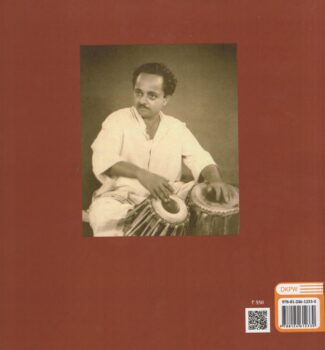
Professor Sudhir Kum...
Professor Sudhir Kumar Saxena Centenary Celebrations
by: Manjula Saxena₹550.00 Original price was: ₹550.00.₹495.00Current price is: ₹495.00.
ISBN: 9788124612330
Year Of Publication: 2023
Edition: 1st
Pages : vi, 60
Language : English
Binding : Hardcover
Publisher: D.K. Printworld Pvt. Ltd.
Size: 23
Weight: 275
Introduction
1. Uniqueness of the Tradition of Teaching Indian Classical Music Arising out of the Concept of “Kanthasth” Knowledge
2. The Principles and Aesthetic Aspects of Improvising and Creating Compositions in the Field of the Art of Tabla
3. A Journey from Ancient Tripuskar Vaadya to Modern Indian Percussion Instrument Tabla
4. Traditional Tabla Playing with Diverse Compositions
5. Philosophical Aesthetics and Indian Music
“Professor Sudhir Kumar Saxena Centenary Celebrations” Cancel reply
- Sale!Art, Beauty and Creativity by: Shyamala Gupta
₹1,650.00Original price was: ₹1,650.00.₹1,485.00Current price is: ₹1,485.00.When the 18th century German philosopher, A.G. Baumgarten first introduced Aesthetics as an academic discipline to deal with the philosophy of beauty, he couldnt possibly have anticipated the controversies that have lately been raised by logical positivists, analytical schools, and even linguists -controversies questioning the validity, the very legitimacy, of a philosophical inquiry into beauty, art and creative processes. Notwithstanding the relatively more recent usage of the term proper, Aesthetics has a millennia-long history: beginning, in the West, with the old-world Greek philosophers, like Pythagoras, Plato, and Aristotle; and, in India, with the Vedic writings, more specifically, Bharata. Dr. Shyamala Guptas book is indisputably a painstaking effort trying to chart the historical progression of aesthetics: both Indian and Western -with focus not only on its evolutionary landmarks, but on its important concepts and theories as well. Schematically structured into two parts, Part 1 of the book examines the status of Indian aesthetics: its theories of rasa and dhvani, and, besides these, of its world- view of art. In its Part 2 are traced the development ofWestern theories of art and beauty, together with their attendant issues appearing, from time to time: from the days of ancient Greek philosophers to contemporary thinkers. Additionally, the authoress also tries to show how art is positioned vis-a-vis morality, science, sport and culture. A comprehensive, meticulously updated perspective on aesthetics, the book is sure to interest anyone concerned with the discipline: whether as a specialist, a student or a general reader.
- Sale!Buddhism as/in Performance by: David E.R. George
₹500.00Original price was: ₹500.00.₹450.00Current price is: ₹450.00.Professor George has ventured into a comparatively unchartered area seeking, as he does, to explore the art and concept of performance in Buddhism more specially in the context of Buddhist meditation and theatre. Spelling out the epistemology of performance in all its different connotations and definitional nuances, his study opens out an astonishingly vast panorama of the Buddhist theatrical practices in Sri Lanka, China, Japan, Nepal, Tibet . . . and goes on to demonstrate how, within this panorama, three kinds of theatrical practice can be identified, each corresponding to one of the three paths open to a Buddhist: the karma path, the Bodhisattva option, and enlightenment, and each representative of one of the three main cultures of Buddhism the Hinayana, Mahayana, Vajrayana. Supported by extensive endnotes and bibliographic references, Dr. Georges book also carries a range of case studies of the art of performance in Buddhism, with definitive examples, among others, of the Sri Lankan Kandy dance and Karma drama, Tibetan Chams and Chod, and Japanese Noh. Buddhism as/in Performance is a commendable piece of painstaking research, presented in a jargonless, compellingly readable style. It is certainly a pre-eminent contribution to drama studies, particularly of Buddhist theatrical practices.
- Sale!Dhvani by: Subhash Chandra Malik
₹650.00Original price was: ₹650.00.₹585.00Current price is: ₹585.00.Dhvani (Sound/Nada) is a profound experience that envelopes us from birth to death. Yet it is not easily fathomed. Its description by an accoustic engineer is very different from that of a musician, a linguist, a city planner, or a neurologist. The IGNCA (Indira Gandhi National Centre for the Arts), New Delhi, organized a 2-day International Seminar: 24-25 October 1994, not only to understand the experiential, cross-cultural perceptions of sound, or not just to discourse about its definitional subtleties as are encountered in the ancient texts of the East and the West; but also to bring together its perceptions in tradition, modern accoustics, and even in the ongoing environmental studies. In todays living conditions, the Dhvani-theme is specially crucial for sound has become a major pollutant both in terms of resonances and accoustics. Assembled in this volume are the presentations of the IGNCA seminar, exploring the various complex conceptual dimensions of sound: ranging from its mystical and traditionally metaphysical to its present-day developments, from its perceptions in indigenous musical theory to its futuristic applications. With focus around five thematic areas of the seminar: (a) Sound as the Source of Creation and Sources of Sound, (b) Sound and the Senses, (c) Sound and Space, (d) Sound and Time, and (e) Symbols of Sound and Sonic Designs, the authors open up the possibilities of interaction among different disciplines involved in the study of dhvani-phenomenon.
- Sale!Elements of Hindustani Classical Music by: Shruti Jauhari
₹750.00Original price was: ₹750.00.₹675.00Current price is: ₹675.00.Hindustani classical music, a jewel in the crown of the Indian musical tradition, has become increasingly popular in South India and abroad over the last few decades. This book attempts to present a detailed and comprehensive discussion of the fundamental concepts and aspects of Hindustani classical music. It begins with an account of the history and evolution of Hindustani classical music by taking up developments in a chronological order. It explains a number of terms and processes involved in the performance of Hindustani classical vocal music. In an interesting discussion, it mentions the various famous gharanas of the genre and deals with the life-histories of some of their eminent musicologists and singers. The musical instruments which are used in accompaniment to the vocal singing in Hindustani music are described. It also details the rags which are frequently presented in contemporary musical concerts, highlighting the important features of each.
The book will be useful to all those who wish to learn and acquire knowledge of Hindustani classical music. It will be of interest to all practitioners of Hindustani classical music. - Sale!Hindustani Music by: Deepak S. Raja
₹1,300.00Original price was: ₹1,300.00.₹1,170.00Current price is: ₹1,170.00.Hindustani Music: A tradition in transition is a wide-ranging survey of the North Indian tradition of classical music during the post-independence period. Explicitly, this book addresses music lovers of above-average familiarity with Hindustani music, and their curiosity about its inner workings. It is, however, also a valuable reference for scholars and other writers on music. The book is based on the author’s long years of training as a musician, vast experience as an analyst of music, and an observer of the cultural environment. The book is divided into six parts. Part I articulates an Indian perspective on important societal, cultural, economic and technological drivers of Hindustani music. Part II discusses issues pertaining to presentation formats, and the structural and melodic aspects of Hindustani music. Part III deals with the notion of raga-ness, and the world of ragas. Part IV presents comprehensive backgrounders on the four major genres of vocal music Dhrupad, Khayal, Thumree, and Tappa. Part V features detailed fact-sheets on eight major melodic instruments of the Hindustani tradition Rudra Veena, Sitar, Surbahar, Sarod, Sarangi, Shehnai, Santoor, and the Indian classical (Hawaiian) guitar. Part VI presents a glossary of words in italics, a list of suggested readings, and an index. The book makes complex musicological concepts accessible to non-academic readers, and contributes significantly to widening the understanding of contemporary trends in Hindustani music. Written by an author of impeccable credentials as a musician, researcher, and author, this book is a very significant addition to the body of authoritative writing on 20th century Hindustani music.


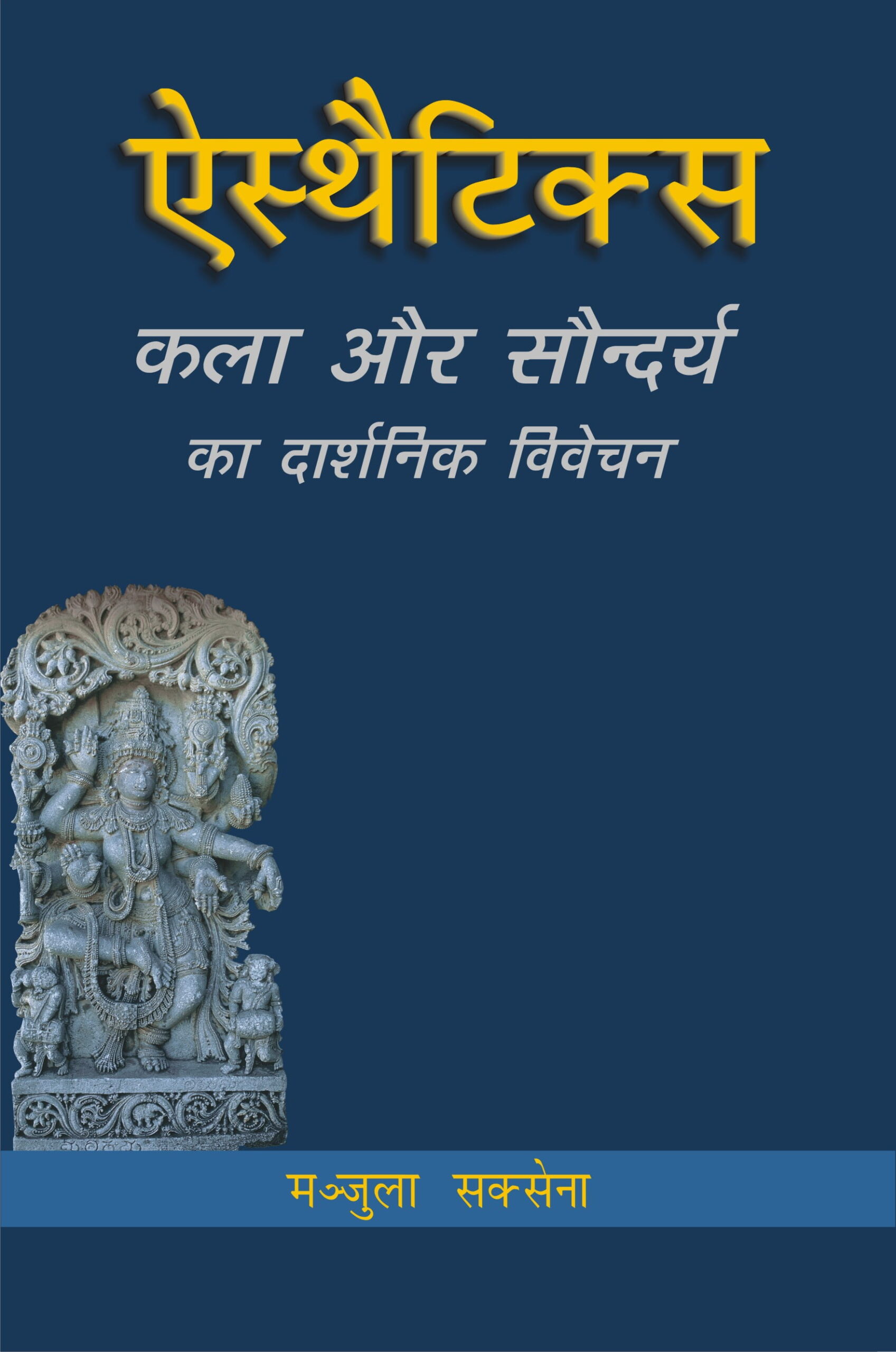

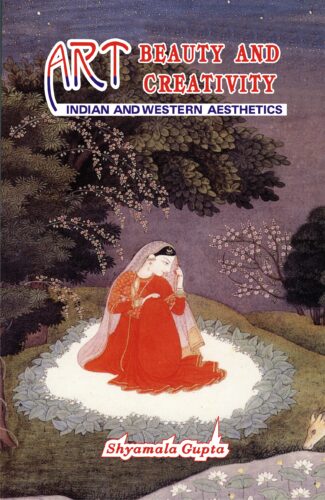
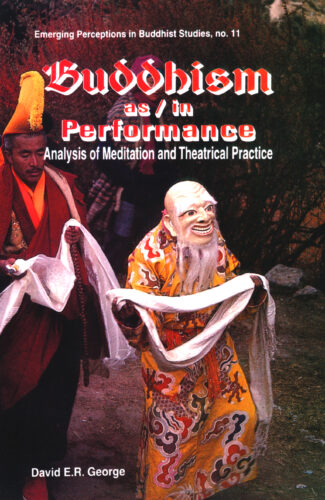

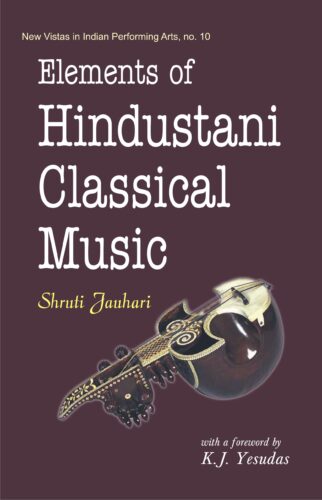

There are no reviews yet.